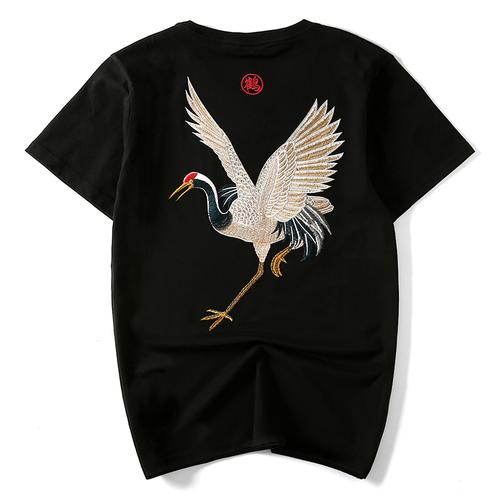Textile raw materials are the basic materials for manufacturing textiles. Common fibers include flax, cotton, silk, wool and other fibers. The following is a brief introduction to the sources and characteristics of several common fibers:
1. Flax: Flax is a natural fiber derived from the stems of the flax plant. department. Flax fiber has excellent air permeability, strength and hygroscopicity, and can be used to make lightweight, cool and breathable textiles. Flax fiber also has certain antibacterial properties and has a certain protective effect on the skin.
2. Cotton: Cotton is a plant fiber obtained from the fruit bones of the cotton plant. Cotton fiber is soft, breathable, highly hygroscopic, and also has good heat resistance, acid and alkali resistance. Cotton fabrics are suitable for summer wear and can absorb sweat and moisture, keeping the body dry and comfortable.
3. Silk: Silk is a fiber made from silk threads in silkworm cocoons. Silk is characterized by high gloss, soft feel, and good breathability. Silk fiber has good thermal insulation properties, so wearing silk clothing in winter can keep your body warm.
4. Wool: Wool is a type of animal fiber, mainly derived from sheep hair. Wool fiber has good thermal insulation properties because there are many small scales on the surface of the fiber, which can form an insulation layer. At the same time, wool also has strong elasticity and hygroscopic properties, can regulate body temperature, and has certain wrinkle resistance.
In addition to the above-mentioned common textile raw materials, there are many other types of fibers, such as polyester fiber, nylon fiber, acrylic fiber, etc. These synthetic fibers have different characteristics and are often used to make textiles with various needs.
The selection of textile raw materials should be considered based on specific needs and factors such as season, comfort, style, etc. At the same time, pay attention to the product’s quality standards and material description when purchasing to ensure that the purchased textiles meet personal needs and health and safety requirements.








